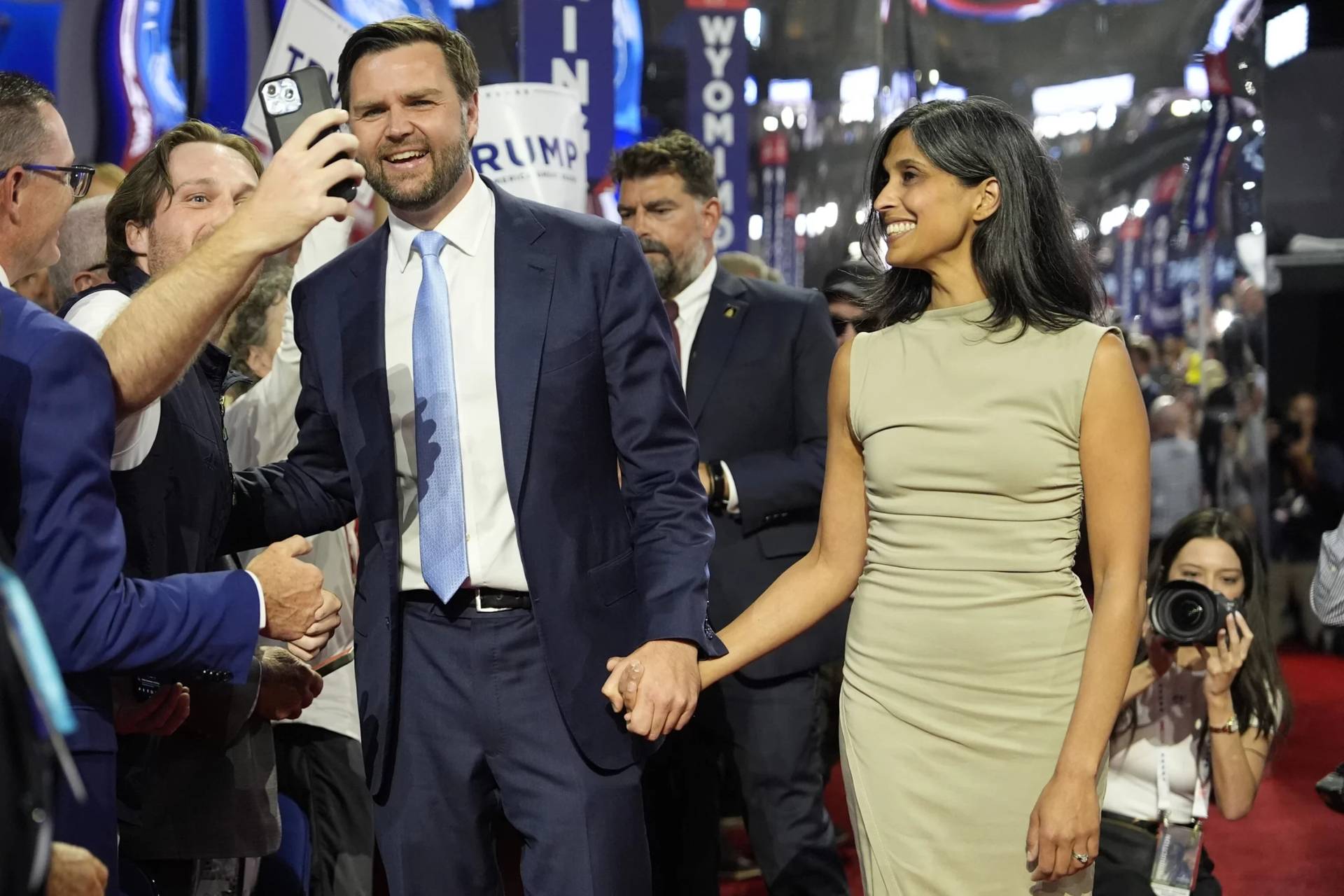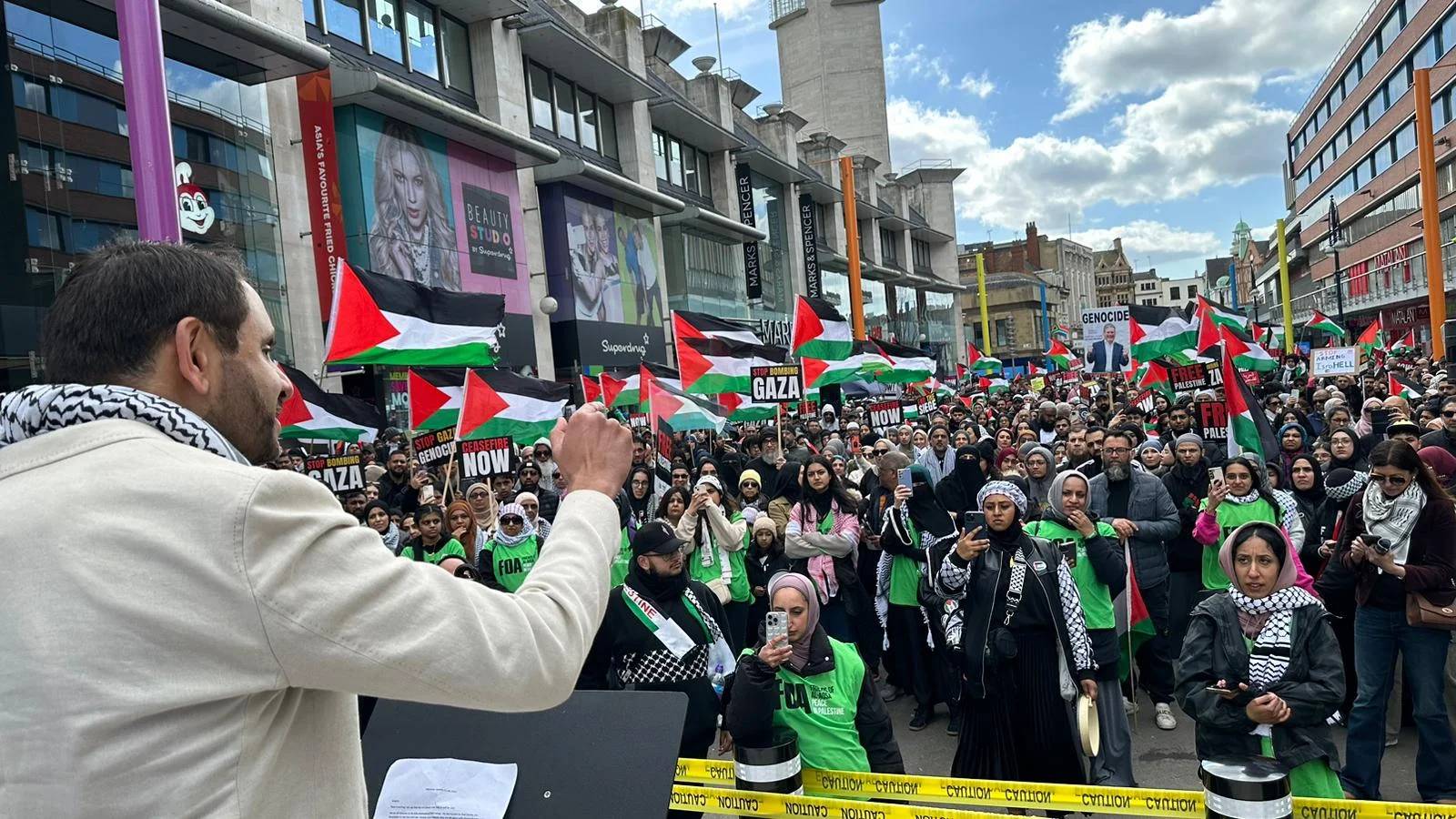[Update: In response to reports, including this one, that President Donald Trump likely would not meet Pope Francis when he travels to Italy in late May for a G7 summit, White House spokesman Sean Spicer told reporters Wednesday, “We will be reaching out to the Vatican to see if an audience with the pope can be accommodated …We would be honored to have an audience with his holiness.” Vatican spokesman Greg Burke told AFP that, “as of the end of last week we had not had an official request for an audience but for sure we would welcome it.”]
Up until recently, the assumption had been that the first opportunity to gauge the Trump administration’s approach to the Vatican under Pope Francis would come in late May, when Trump is scheduled to travel to Sicily for a G7 summit. Expectations were that Trump, like most American presidents visiting Italy, would also stop in Rome for a tête-à-tête with the pontiff.
However, as the Financial Times has reported, such a meeting is not in the cards. On background, sources told Crux that aside from the logistical difficulties of getting from Sicily to Rome in between a NATO summit and Memorial Day, there’s also a problem of staffing on the White House side, as right now the perception is there’s no one who could brief Trump adequately for an encounter with the pope.
As a result, the focus now in terms of how seriously the administration is likely to take the Vatican, shifts back to Trump’s choice for his ambassador – and, on that front, the basic message coming from longtime watchers of the diplomatic scene seems to be, “Don’t hold your breath.”
The American Foreign Service Association, which tracks diplomatic appointments, reports that of the 188 ambassador-level positions a president theoretically can fill, 57 are currently vacant. That vacuum was in part created by the decision of Trump’s transition team to require that every political appointee as an ambassador had to vacate his or her embassy before Inauguration Day, which broke with the previous tradition of providing a grace period. (Career diplomatic appointees were allowed to stay on.)
To date, Trump has made only six appointments of new ambassadors. They include Nikki Haley, the former Governor of South Carolina, to the United Nations, and David Friedman, a former bankruptcy lawyer, to Israel.
Ásgeir Sigfússon, Director of Communications for the association, said a comparison with President Barack Obama’s first round of appointments in 2009 suggests that so far the pace under Trump is not “noticeably slower.”
However, Sigfússon said, we’re “fast approaching a point in which things will be overtaken by the timeline,” meaning that because the clock doesn’t start ticking on Senate confirmation until the president announces an appointment, the sheer logistics of moving people through the system may mean that Trump ends up setting all-time records for how long it takes him to get a diplomatic team in place.
A possible further complication is created by rumors currently making the rounds that, in retaliation for use of the “nuclear option” of a simple 50 percent majority to approve Supreme Court Justice Neil Gorsuch, Senate Democrats may invoke the so-called “30-hour rule” for every presidential appointment from here on out, requiring thirty hours of debate before a confirmation vote can be held.
That would apply not just to ambassadors, but to all of the roughly 1,200 presidential appointments requiring Senate approval. According to the Center for American Progress, “the Senate would need to spend over 650 days — nearly two years — to confirm each of these nominees, and that’s assuming senators work around the clock, on weekdays and weekends, without taking any recesses or holidays and without considering any other business whatsoever.”
“For the 100th through 110th Congress, the Senate met an average of just under 137 calendar days every year,” the center’s Ian Millhiser wrote in 2010.
“Thus, in a typical presidential term, the Senate is actually in session for less than 550 total days. In other words, even if the Senate were to work 24 hours a day on each of those days (which it emphatically does not), and even if the Senate were to consider no other business, there is literally not enough time in a president’s term of office to confirm all of his nominees against blanket obstructionism.”
Even if Trump were to announce his Vatican pick tomorrow, therefore, it’s far from a slam-dunk that his nominee will be in place anytime soon.
(Among other things, that makes the role of Louis L. Bono, the current Chargé d’Affaires at the U.S. Embassy to the Holy See, a former assistant attorney general in New York and an instructor at West Point, keenly important, since he could be running the show for a while.)
In terms of names making the rounds for the Vatican slot, for some time conventional wisdom has held that Trump would tap Callista Gingrich, the wife of former House Speaker Newt Gingrich. She’s a lifelong Catholic, and was instrumental in her husband’s conversion to Catholicism in 2009.
However, some signs now suggest that Gingrich may be in line for a different appointment. One name to pop up recently as an alternative is Kenneth Starr, the former U.S. Solicitor General and, most recently, president of Baylor University until his resignation amid a sexual abuse scandal in June 2016.
If that were to happen, it would represent a significant break with previous American tradition. Since President Ronald Reagan launched full diplomatic relations with the Vatican in 1984, every U.S. envoy to the Vatican has been Catholic, while Starr is an Evangelical Protestant.
However, Starr is reportedly also under consideration for the role of ambassador-at-large in the State Department’s Office of International Religious Freedom. In any event, the idea of sending an envoy to the Vatican whose most recent claim to fame was presiding over a sexual abuse-related debacle at an American university might raise some doubts.
Whoever Trump does name, it might be wise, for now, to start the search for other ways – beyond a May summit that’s unlikely to happen, and beyond an ambassador’s appointment that could take a while – to assess whether, and how, this administration intends to engage the Vatican.















